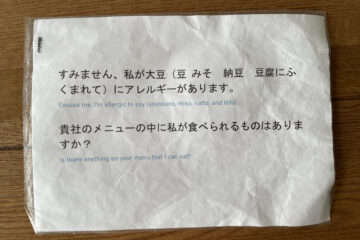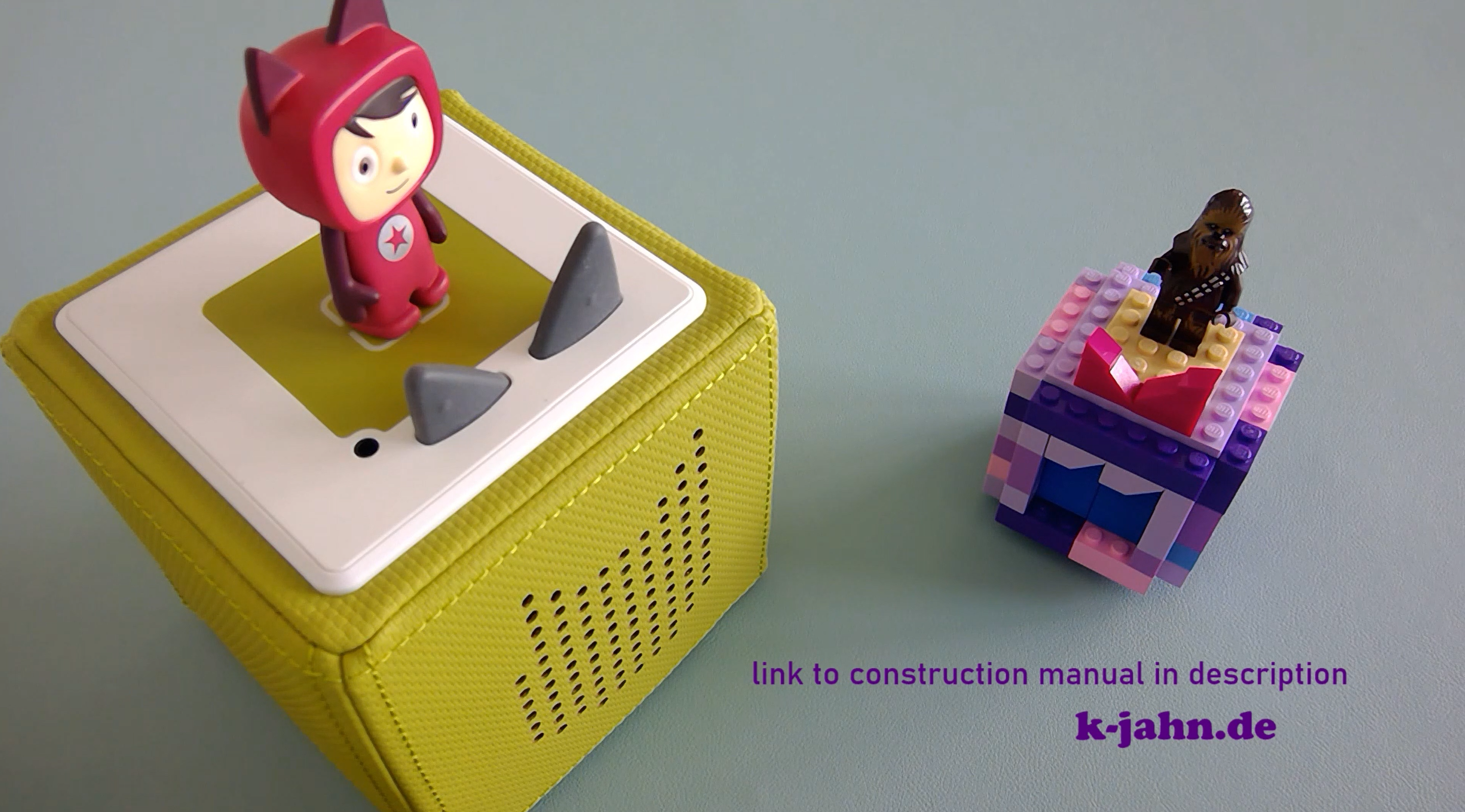You can’t really be involved with knowledge management without asking: What is knowledge? Well, knowledge is probably one of the oldest concepts of mankind. Ancient philosophers already tried to define it and built a whole theory (epistemology) around. I would like to point out a very nice description by Davenport & Pruzak in their book “Working Knowledge” [1]. This blog post however is my own explanation of knowledge.
In the field of my studies, knowledge is hardly defined, but described and delimited from information and data; you can’t really separate one from the other. That is also why it is commonly referred to as the pyramid of knowledge, as one builds up to the other.
Data is raw information. When you fill out a form, you insert data; numbers and values. Data is usually handled in tables or lists, be it in databases, in spread sheets or form-based applications. Note that data is always pure. It can be the measurement results, without being aware of the context. The data itself does not contain any hint on what was measured, how or why that was done.
Information is data in a context. When you draw a diagram utilizing data, you create information; data sets with their connection and meaning. In order to make sense out of data a background or a context is needed. This correlation can be expressed in articles or diagrams, but also speeches. Note that though the content of a piece of information might be subjective, information as such is the same for anyone and thus objective. It presents description of the data.
Knowledge is processed information. When you access information and understand it, you create knowledge; personal insight. Knowledge is always something individual, which you sometimes cannot even express (tacit knowledge). Relating information to personal experience or understanding creates new knowledge, this process has names like learning, practicing, organizing or judging. Note that knowledge always happens within or between human beings. It is therefore always subjective and cannot be shared or transferred directly.
The data-information-knowledge chain can be accessed in both ways. Contextualizing will get you from data to information and from information to knowledge, while abstraction will get you back.
Generally is the use of language restricting, when we use the concept of knowledge. The English grammar forces us to use knowledge as something you can own. But knowledge should be seen more as a process that needs to be used.
[1] Thomas H. Davenport and Laurence Pruzak. »Working Knowledge: How Organizations Manage What They Know«, Boston: Harvard Business School Press, 1998.



0 Comments